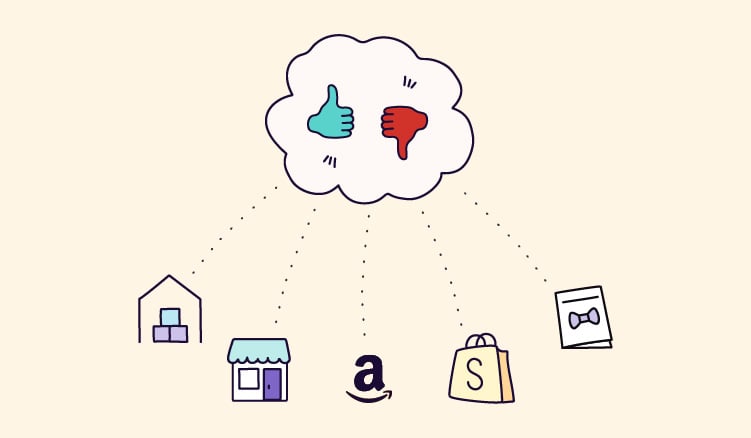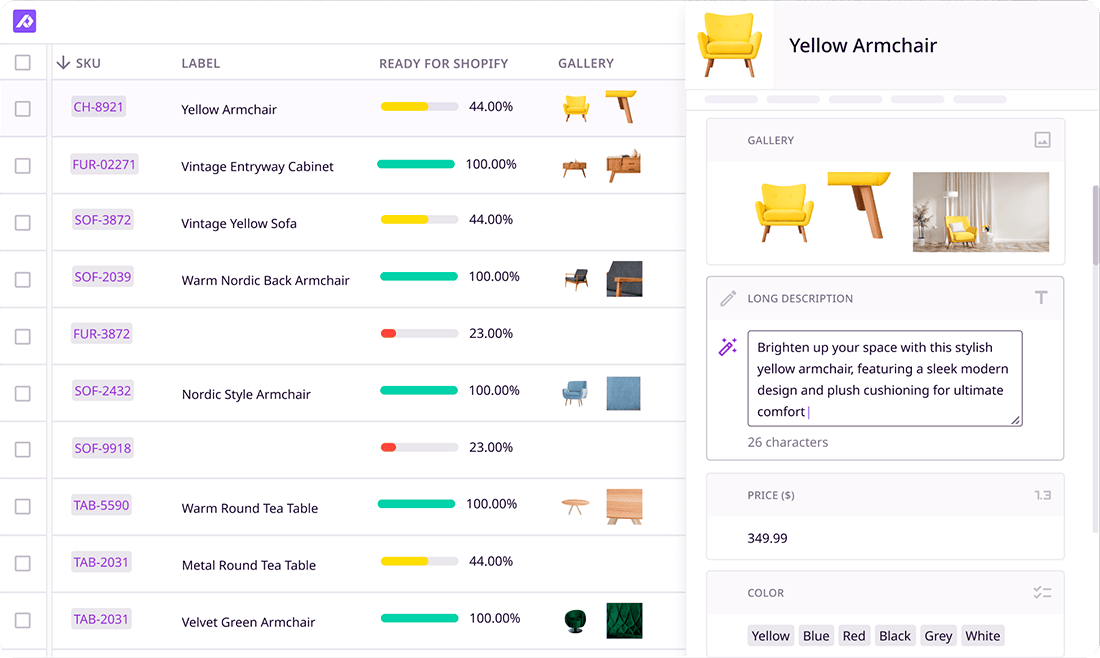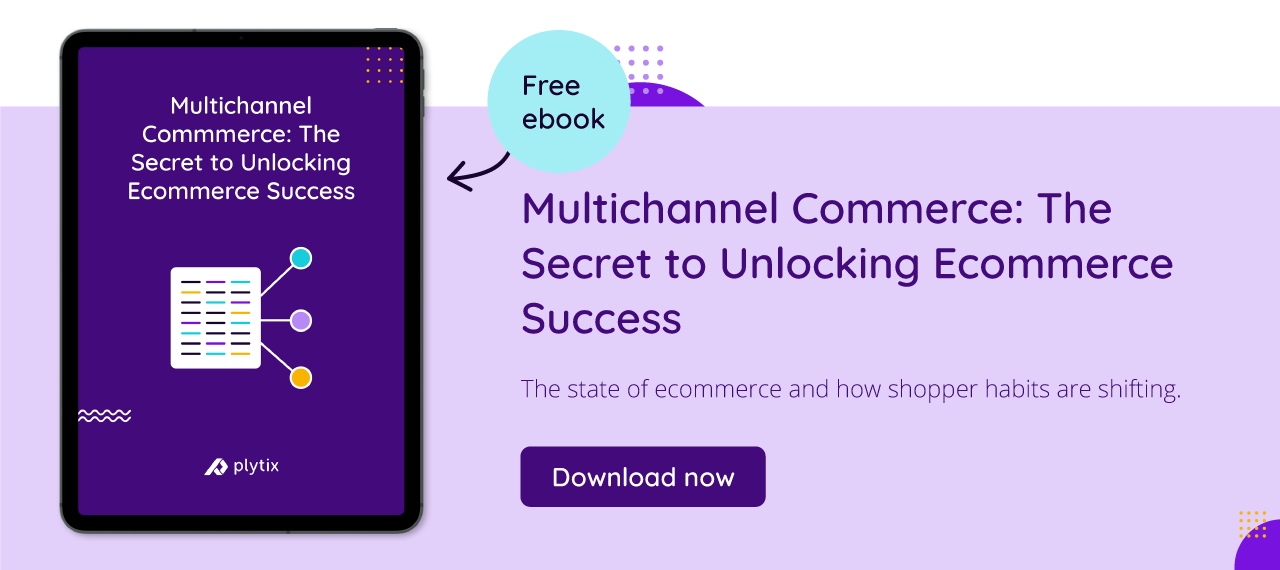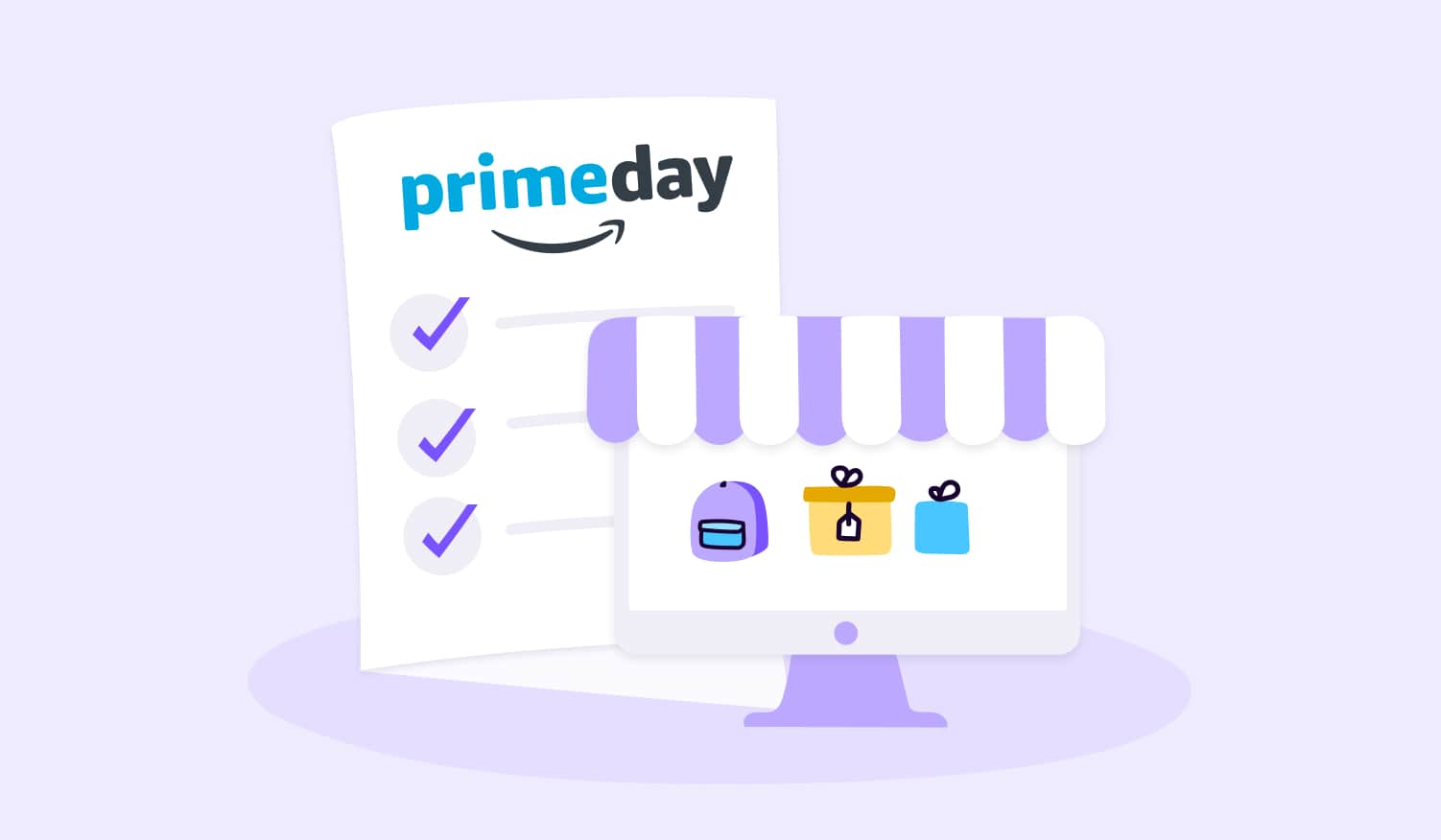The Pros and Cons of Multichannel Commerce: A Deep Dive

Keep the good stuff coming
Subscribe to our blog newsletter and get monthly content that helps you manage product data smarter.
No spam. Just real value.
A growing number of retailers are selling their products on multiple sales platforms to reach as many customers as possible.
It’s a great move, and the proof is in the numbers. Statistics from 2020 show that multichannel retailers in the United States generated more than $350 billion in sales. Statista predicts that this number will exceed 575 billion by the end of 2023.
But just because it’s a selling strategy that is generating sales doesn’t mean that it will work for every company, nor does it mean it’s an easy strategy to implement. So, if you’re considering expanding to other sales channels, keep reading as we discuss the pros and cons. But first…
What is multichannel commerce?
Multichannel commerce, or multichannel retailing, is a strategy businesses use to sell products on multiple sales channels to ensure that customers can access your products on any platform of their choice.
For example, let’s say you’re a home appliances company, you can sell your products via different channels, such as your physical store, webshop, mobile app, Facebook Shop, Google Shopping, eBay, or another marketplace.
Pros of multichannel commerce
Let’s discuss the advantages of going multichannel, in no particular order:
Access to new customers
Having your products available on more than one sales platform ensures that they show up in front of a broader customer base. This includes customers who may have never been able to come across your brand on their preferred shopping platforms.
For instance, some of your customers may shop on marketplaces like Amazon, Walmart, Otto, or Zalando. Not only will you be reaching your current customers, but these platforms have customers all over the world. So, when you list your products on these platforms, they become visible in front of a new set of customers from various demographics and geographies. That increases your product awareness and gives you an opportunity to entice new customers to engage and potentially buy your products.
The best part is your existing customers also stand to benefit as it gives them more ways to buy from you.
More brand awareness
The more customers see your products on social media, price comparison platforms, or marketplaces, the more they become aware of your brand. It’s safe to say that product awareness goes hand-in-hand with brand awareness.
But the important thing to mention here is that you’re not necessarily building it from the ground up. These platforms have already established trust with customers, which is why they’re comfortable shopping on them. So, if you can maintain the trust that these sales channels have built, customers will most likely trust you enough to buy from you even if they’ve never engaged with your brand before.
Since 2020, customers have been saying they’re open to trying new brands. In fact, an MIT study found that 54% of customers admitted that they’ve bought products from brands they’ve never heard of before.
Increased revenue
One advantage of multichannel retailing is that it gives you a chance to make more revenue. Sellbrite research found that retailers who sell on three or more sales channels generate 143% more revenue than those who sell on fewer channels.
The research further shows that brands with small inventory (706 products) average a higher revenue of 158.69% using three channels. On the other hand, brands with medium inventory (715-3,156 products) average a higher revenue of 323.53% compared to their single or two-channel counterparts.
Cons of multichannel commerce
Now that you know what you can get from increasing the number of platforms you sell on, let’s talk about the potential challenges you may face.
The costs
One of the biggest challenges of going multichannel is the costs that come with it. You’ll need to spread your resources across all of your chosen channels. That’s everything from setting up the channels to the staff required to run and manage the extra channels. Not forgetting that you’ll need to create a multichannel marketing strategy to market your products on all these platforms.
But if you do your research and start small by testing one channel at a time, you can alleviate the pressure on your finances.
Tough competition
Ecommerce is already challenging even with a single sales channel, it’s even more difficult when you expand to other channels. That’s because the competition is fierce on all these sales platforms. For example, the lowest price can win customers over on price comparison sites (like Google Shopping). Customers use comparison sites to get the best products at the best prices.
The same thing can be said about social platforms and marketplaces. But that doesn’t mean customers don’t look at other factors, such as the quality and usability of the product. They also read customer reviews to get insights into other customers' feelings about the products they’re hoping to buy.
So, not only do you need to meet a set of expectations regarding customer experience, but you also need to stand out from the crowd for customers to choose you over competitors.
Time and labor-intensive
Selling through different channels requires you to dedicate more time and effort to managing the platforms and the admin they come with. You’ve got to ensure efficiency in managing your product listings, inventory levels, product information, logistics, delivery, and returns.
However, it’s not all doom and gloom, as there are tools that can help you streamline all of the time and labor-intensive tasks. These are ecommerce tools such as inventory management systems, product information systems, feed management systems, etc. And if you use Shopify as your ecommerce platform, here’s an article with a list of multichannel tools you’ll need for Shopify.
Final thoughts
Diversifying your sales opportunities can be a great way to maximize success for your business, but you have to be certain that you can manage it first before you dive in. Some businesses spread themselves too thin, damaging their chances of success at multichannel selling.
So, use the pros and cons from this article to evaluate what’s best for your business. And if you’re looking for more information, our team of ecommerce experts also pulled together this white paper that gives you a detailed explanation of multichannel commerce.
But if you’re already convinced that multichannel is best for you, check out this article on how to get started with a multichannel selling strategy. It’ll help you understand what taking on this strategy looks like and guide you in the process of creating your own strategy.

What if your product data actually worked for you?
We’ll show you how Plytix helps you stop fixing data—and start using it.
Related posts
Keep the good stuff coming
Subscribe to our blog newsletter and get monthly content that helps you manage product data smarter.
No spam. Just real value.






Think others should see this?
Go ahead and share it.